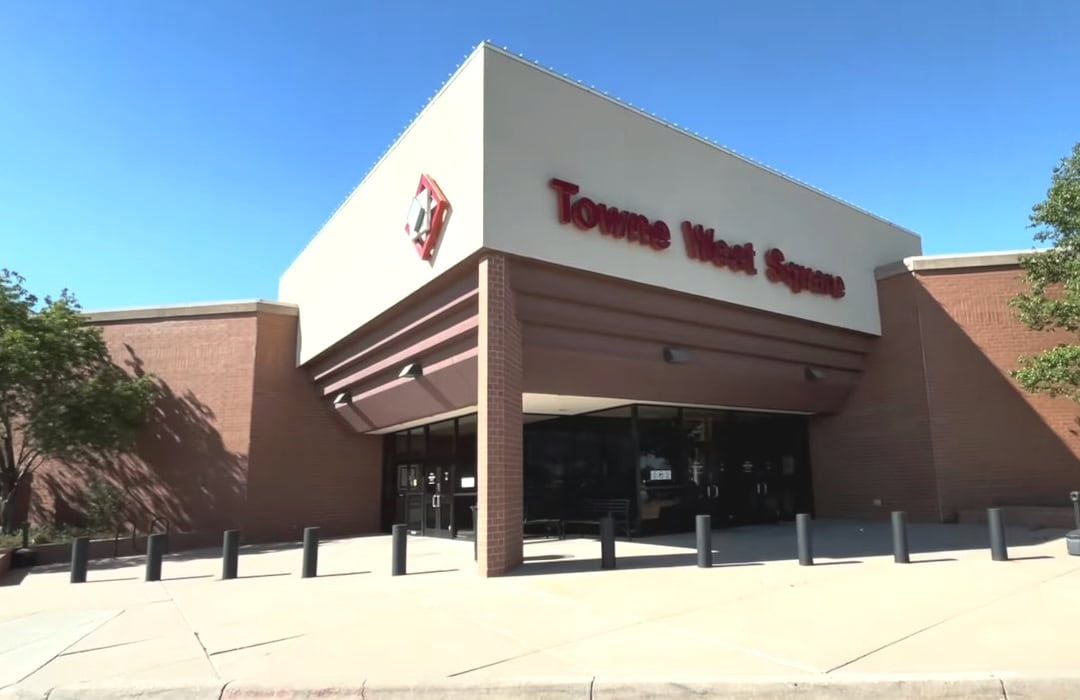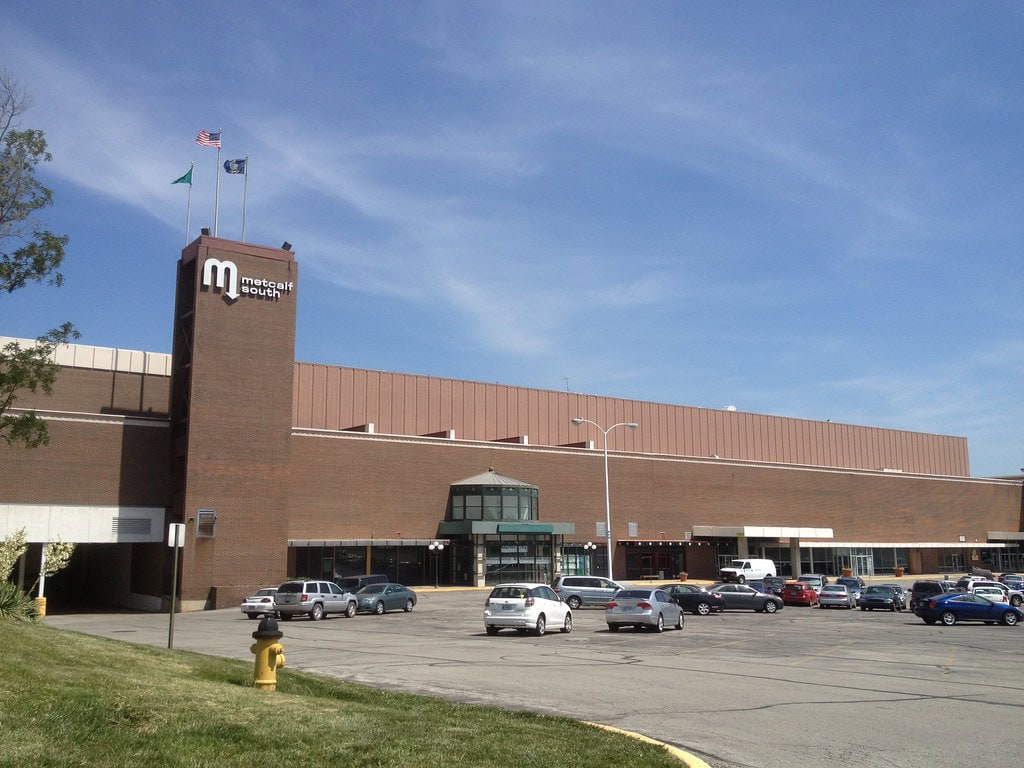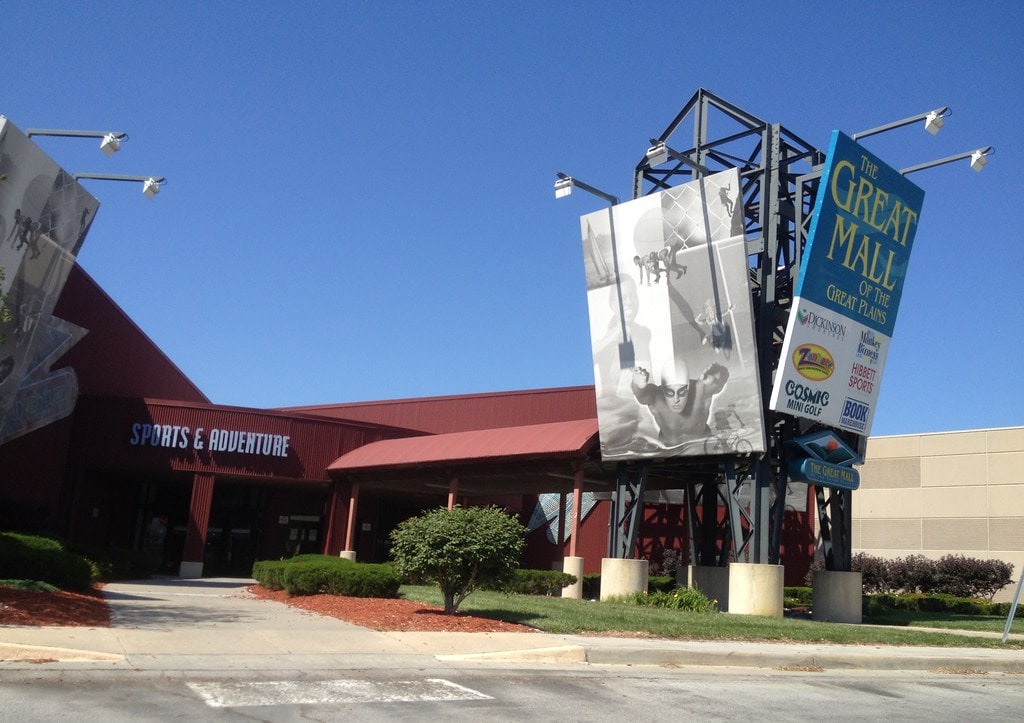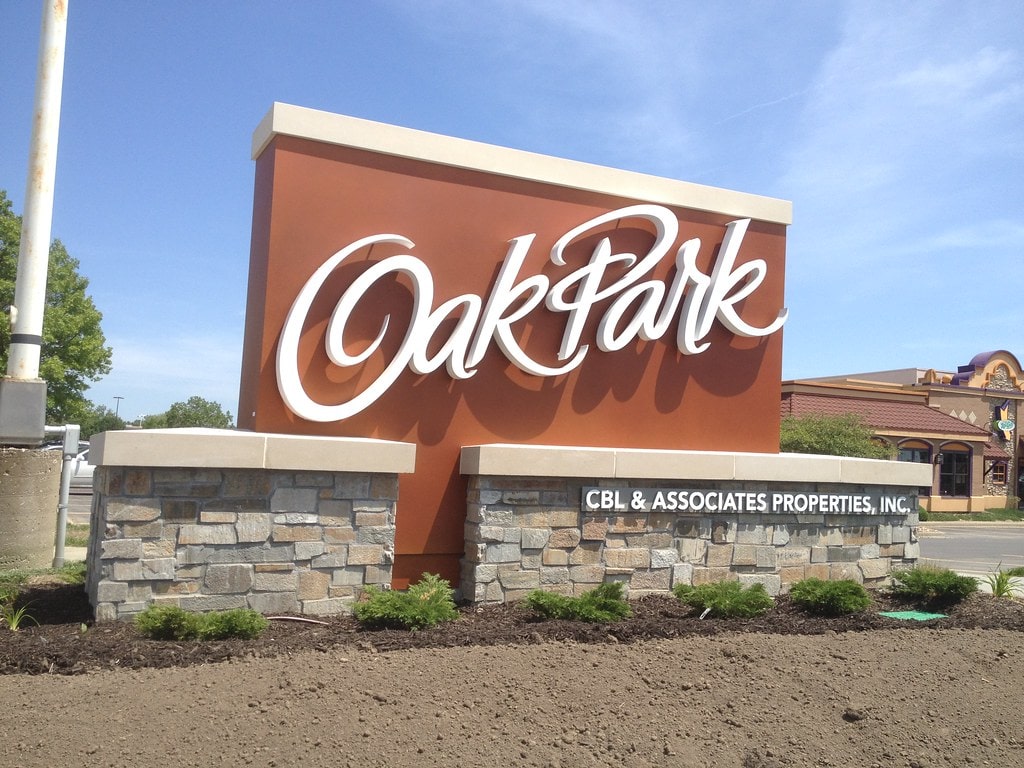Topeka, Kansas: A Capital of Contrasts
Founded in 1854 and named the state capital in 1861, Topeka carries a history shaped by origins in Native language and landmark events.
The city holds unusual facts about law, industry, culture, disasters, and education, from the Brown v. Board case to a chocolate factory, a unique university, and even a month as "Google, Kansas."
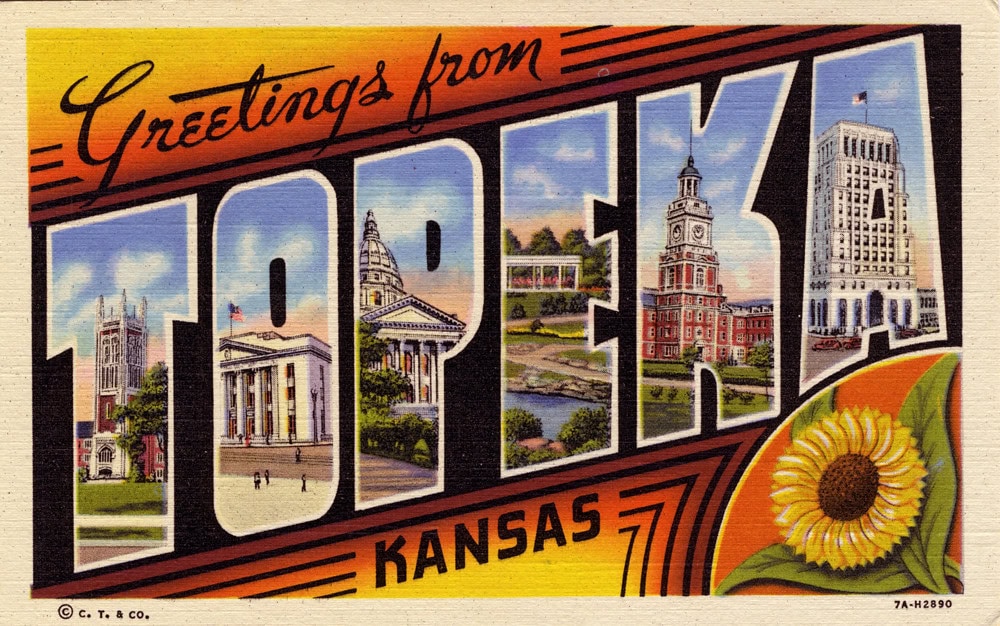
A place name with a specific meaning
The name Topeka derives from Kansa and Osage language roots commonly translated as "a good place to dig potatoes."
Early accounts tie the phrase to the prairie turnip or similar tubers gathered by Native peoples.
Founded in 1854 beside a Kansas River crossing used by settlers and traders, Topeka grew into a Free State stronghold and became the state capital in 1861.
A taller dome than Washington's and a statue at the summit
The Kansas State Capitol dome rises about 304 feet, taller than the U.S. Capitol's, and is capped by "Ad Astra", a 22-foot-2-inch bronze by Richard Bergen installed in 2002.
Visitors can climb 296 steps on a guided dome tour that reaches the exterior viewing area beneath the statue.
Completed in stages from the 1860s to 1903 and restored in the 2000s, the building features murals, a cast-iron structure, and a copper-clad dome visible across downtown Topeka.
The figure aims an arrow toward the North Star, matching the state motto's Latin phrase.
The month Topeka called itself "Google, Kansas"
In March 2010, Mayor Bill Bunten issued a proclamation temporarily renaming the city "Google, Kansas" for the month.
The move aimed to highlight Topeka's interest in ultra high-speed broadband when Google solicited communities for a fiber project.
National outlets noted the symbolic gesture and the city's explanation that the name change was honorary, not legal.
Google later playfully reciprocated on April 1, 2010, by renaming itself "Topeka" on its homepage.
The proclamation drew wide attention to Topeka and placed the capital in a national conversation about next-generation internet service.
A tornado that crossed a city and a myth
On June 8, 1966, an F5 tornado formed southwest of Topeka and cut a 22-mile path through the city, at times half a mile wide.
It damaged or destroyed buildings across Washburn University, downtown, and neighborhoods, causing more than $200 million (in 1966 dollars) in losses.
The storm crossed Burnett's Mound, undercutting a local belief that the hill protected Topeka from tornadoes.
The National Weather Service later documented the track, intensity, and damage, noting debris impacts even to the State Capitol dome.
The event remains one of the most destructive tornadoes recorded in Kansas, with a mapped path that ended near Philip Billard Airport.
A university with a distinctive status and nickname
Washburn University, founded in 1865 and municipally governed since 1941, is defined in Kansas law as a municipal university with its own Board of Regents.
The school's teams are the Ichabods, named for benefactor Ichabod Washburn.
Students adopted the name in the late 1800s, and artist Bradbury Thompson created the familiar mascot image in 1938.
The main campus sits at 1700 SW College Ave. in Topeka, offering undergraduate, graduate, and professional programs.
Statutes and bylaws specify the university's structure, including city and county appointments to its governing board.
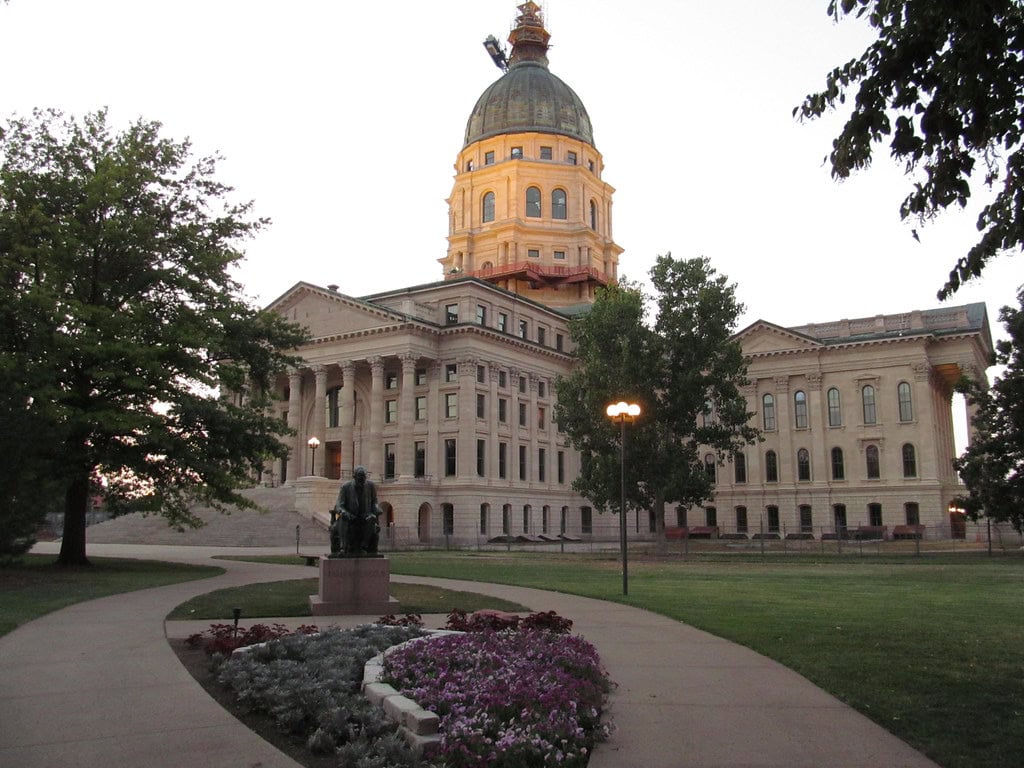
The lunchroom that set a hospitality empire in motion
In 1876, restaurateur Fred Harvey took over the depot lunchroom at the Santa Fe station in Topeka.
Within two years, he opened the first named Harvey House hotel and restaurant in Florence, Kansas, and the system grew along the Santa Fe system.
Topeka's early depot operation ties the capital to the start of a service model that set standards for food, scheduling, and staffing across western rail routes.
Local histories and museum exhibits in Kansas track the progression from the Topeka lunchroom to hotels and dining rooms that bore the Harvey name.
A rainforest under glass since 1974
The Topeka Zoo opened its enclosed Tropical Rainforest in 1974, creating a warm, high-humidity habitat that envelops visitors with tropical plants and animals despite Kansas winters.
The zoo's history describes it as the largest of its kind at its opening.
The exhibit has served as a signature attraction for decades, joined by other immersive spaces such as the Jungle Cat Walkway and Camp Cowabunga.
The rainforest's controlled climate and multi-level paths show a design approach that later became common in American zoos.
The facility sits in Gage Park at 635 SW Gage Blvd.
A grand passenger station restored as a museum
Great Overland Station, the former Union Pacific passenger depot at 701 N. Kansas Ave., opened in January 1927.
Gilbert Stanley Underwood designed the building, widely praised at the time as one of the finest stations on the line.
Passenger service ended by 1971, and the structure later fell into disuse and suffered a 1992 fire before a restoration in the early 2000s.
Today, it serves as a railroad heritage museum and event space, with the property listed on the National Register of Historic Places.
The depot's terra cotta and pavilion design anchor the North Topeka riverfront.
A discount shoe chain that started here
Payless ShoeSource began in Topeka in 1956 as Pay-Less National, founded by cousins Louis and Shaol Pozez.
The concept centered on self-service footwear retail with budget pricing.
Early expansion added multiple Topeka stores within a year, followed by growth across the Midwest.
Over time, the business operated under Volume Shoe Corporation, adopted the Payless name broadly, and became one of the best-known discount shoe chains in the country.
For decades, the company's headquarters remained in Topeka, linking a national retail brand's origin and management base to the capital city.
The court case that started on a Topeka block
The Brown v. Board of Education decision traces to Monroe Elementary School at 1515 SE Monroe St., where the NAACP challenged Topeka's segregated elementary schools.
In 1951, Oliver Brown and other parents filed suit against the Topeka Board of Education.
The case reached the U.S. Supreme Court, which, on May 17, 1954, ruled that racially segregated public schools are unconstitutional.
The Topeka school building later became the Brown v. Board of Education National Historical Park, preserving classrooms, exhibits, and the story of the families who brought the case.
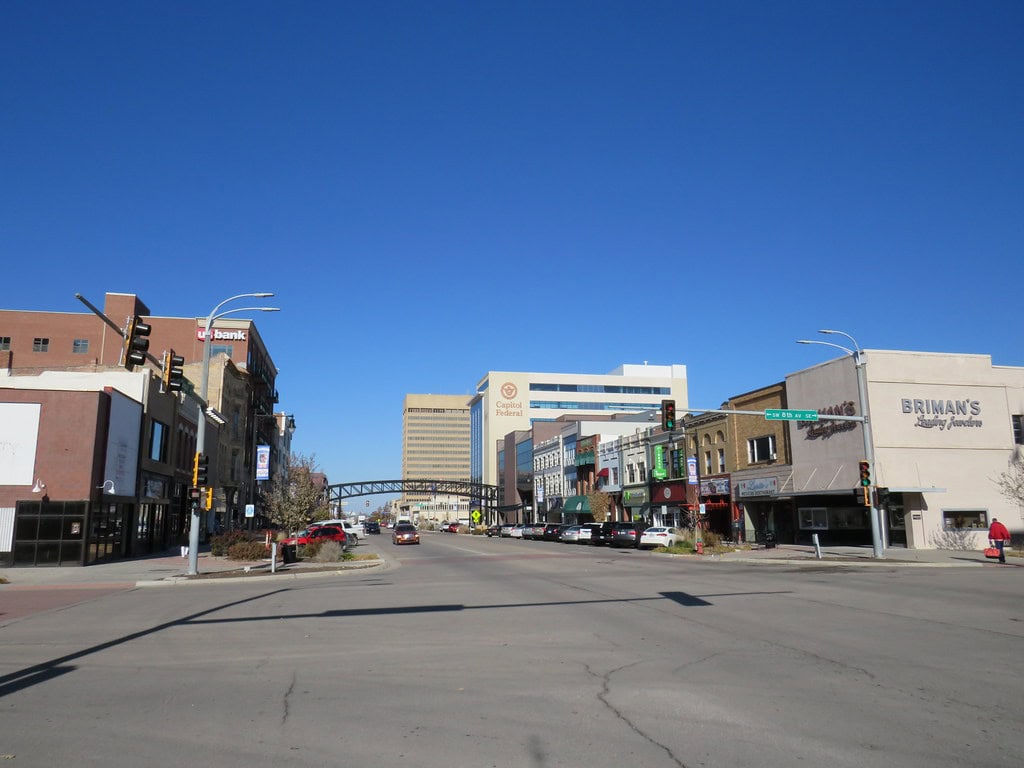
A stunt legend's museum that opened here and moved on
The Evel Knievel Museum debuted in Topeka in 2017, adjoining Historic Harley-Davidson. It displayed jump bikes, leathers, and a motion simulator that staged a virtual jump.
In 2024, the museum announced it would close in Topeka and relocate to Las Vegas, with public notices marking the Topeka location's last day.
For several years, the museum drew visitors to the capital for artifacts and exhibits tied to the famous stunt performer's career, including the X2 Skycycle display and mechanics' tools.
A new U.S. chocolate factory in 2014
Mars Wrigley opened a new chocolate plant in Topeka in 2014, described by the company and trade press as the first new U.S. chocolate factory built by Mars in several decades.
The facility achieved LEED Gold certification and has produced items including M&M's and Snickers.
The plant's launch added a large-scale food manufacturing operation to the city's south side, building on Topeka's long industrial footprint.
A psychiatry center that shaped a field
The Menninger Clinic was founded in Topeka in 1925 by Dr. C.F.Menninger and his sons Karl and Will, expanding from earlier local practice roots.
Through the 20th century, the clinic became a leading psychiatric institution, training professionals and integrating psychoanalytic ideas into hospital treatment.
The organization later moved clinical operations to Houston in 2003, but the Topeka legacy remains visible in local histories and commemorations.
The clinic's decades in Topeka brought national attention to mental health care based in the Kansas capital.
A library that won a national award and a notable building
In 2016, the Topeka & Shawnee County Public Library was named Library Journal's Library of the Year.
The main building underwent a major expansion that opened in 2002, designed by Michael Graves with a distinctive rotunda.
The project renovated 65,000 square feet and added about 100,000 square feet, creating galleries, meeting rooms, and open reading areas at 1515 SW 10th Ave.
The library serves city and county residents with bookmobiles and systemwide programs based from the central site.
The award recognized outcomes and services delivered from a single, architect-designed main facility.

